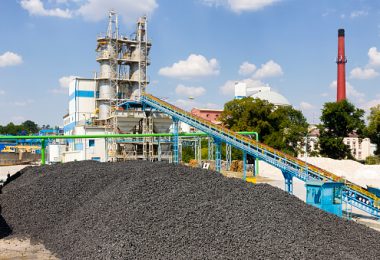How combustion science and technology is changing the way we live and work
In the early 1800s, combustion science and technology was a far cry from where it is now. combustion science and technology. At the time, it was almost impossible to create an engine that could run on coal and water. Today, combustion engines are a mainstay of our economy and everyday life. They’re used in everything from cars to planes to homes. But even with all these advantages, combustion engines face a number of challenges.
One of the most important challenges is the air-fuel mixture. The air-fuel mixture in combustion engines is key to their performance. If the air-fuel mixture isn’t right, the engine can’t function properly. In addition, the air-fuel mixture can also influence how quickly we reach our desired fuel efficiency.
The challenges of combustion engines
combustion engines face a number of challenges, including:
– The air-fuel mixture is key to their performance
– If the air-fuel mixture isn’t right, the engine can’t function properly
– Air-fuel mixture can also influence how quickly we reach our desired fuel efficiency
– The air-fuel mixture is key to their performance
– If the air-fuel mixture isn’t right, the engine can’t function properly
– Air-fuel mixture can also influence how quickly we reach our desired fuel efficiency
Air is a key component of combustion engines. When we create an air/fuel mixture, we need to make sure that the fuel and air react properly. In addition, we also have to control how much oxygen is mixed in with the fuel. The more oxygen mixed in, the more energy we get out of the same amount of fuel.
A problem that combustion engines face is determining how much energy they should consume. If too much energy is consumed, then efficiency will be too low, and if not enough energy is consumed, then efficiency will be too high.
A challenge that combustion engines face is how to control the air-fuel mixture. If the air-fuel mixture is too lean, then we will run out of fuel and lose power, while if the air-fuel mixture is too rich, then we will run out of oxygen and lose power.
A challenge that combustion engines face is how to control the air-fuel ratio. If the air-fuel ratio is not optimal then we won’t get sufficient fuel efficiency from our engine, while if the air-fuel ratio is too rich or too lean, then we won’t get sufficient oxygen for our engine to function properly.
Read More: How Element Materials Technology Can Help You Build More Productive Projects
Air-fuel mixture and combustion engines
The air-fuel mixture in combustion engines is also a big part of the reason why combustion engines are so powerful. The air-fuel mixture is a mixture of hydrogen and oxygen. The hydrogen gas is created when the fuel is burned and the oxygen gas is created when the air is mixed with the hydrogen gas. This air-fuel mixture is incredibly important because it determines how quickly the engine can reach its fuel-efficiency goals.
How combustion engines work
combustion engines work by creating heat from the fuel and air. The heat created from this process causes the air-fuel mixture to ignite. This in turn creates a force that pushes the car forward. The engine also uses power to move the car, which is provided by the engine and the transmission.
The role of the air-fuel mixture in combustion engines
combustion engines play a critical role in our economy. If the air-fuel mixture is not right, the engine can’t function properly. This can lead to a host of problems including reduced fuel efficiency, decreased engine performance, and even engine failure. The air-fuel mixture also plays a critical role in determining the power of the engine. A right air-fuel mixture will allow the engine to function properly and deliver maximum power.
The air-fuel mixture is important because it determines how quickly the engine can reach its fuel efficiency goals
How much oxygen is in the air-fuel mixture
The amount of oxygen in the air-fuel mixture is determined by how much fuel is used and how quickly it is burned. If more oxygen is used than needed, it can lead to hydrocarbons being created in the combustion chamber which will reduce horsepower and increase emissions. If not enough oxygen is used, the combustion process will not be complete, which will lead to reduced fuel efficiency.
How much oxygen is in the air-fuel mixture
The amount of oxygen in the air-fuel mixture is determined. fuel is used and how quickly it is burned.More oxygen is used than needed, it can lead to hydrocarbons being created in the combustion chamber which will reduce horsepower and increase emissions. If not enough oxygen is used, the combustion process will not be complete, which will lead to reduced fuel efficiency.
Fuel efficiency and air-fuel mixture.
combustion engines face another challenge: the air-fuel mixture. The air-fuel mixture in combustion engines is key to their performance. If the air-fuel mixture isn’t right, the engine can’t function properly. In addition, the air-fuel mixture can also influence how quickly we reach our desired fuel efficiency.
However, if the air-fuel mixture is too lean, the engine can’t produce enough power and it can run very slowly. This can be a huge problem for businesses because they need to reach their target market as quickly as possible and don’t want their customers to experience wait times of several hours or even days.
Conclusion
combustion science and technology is changing the way we live and work by providing us with new ways to power our engines and save energy.






